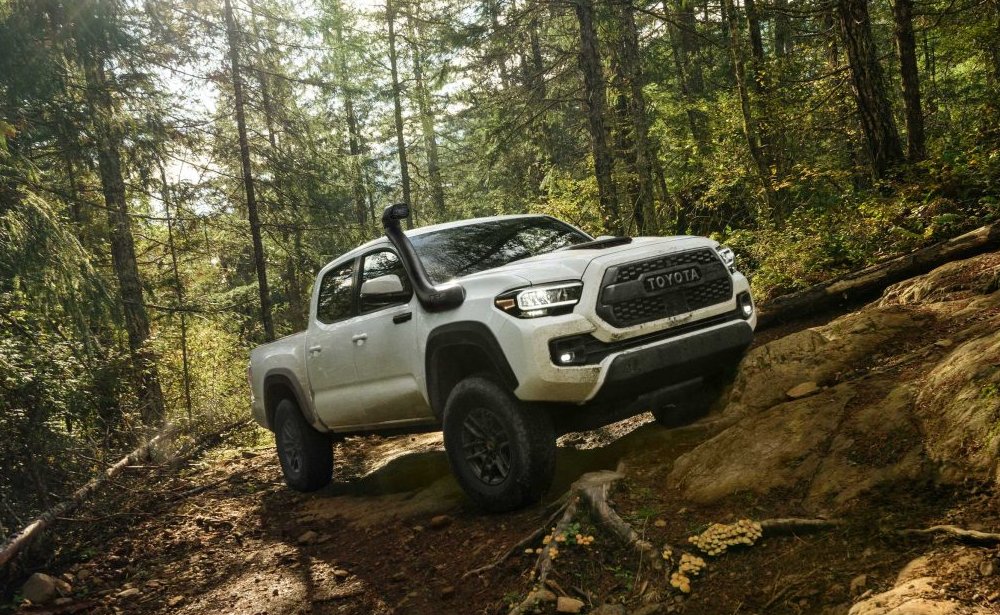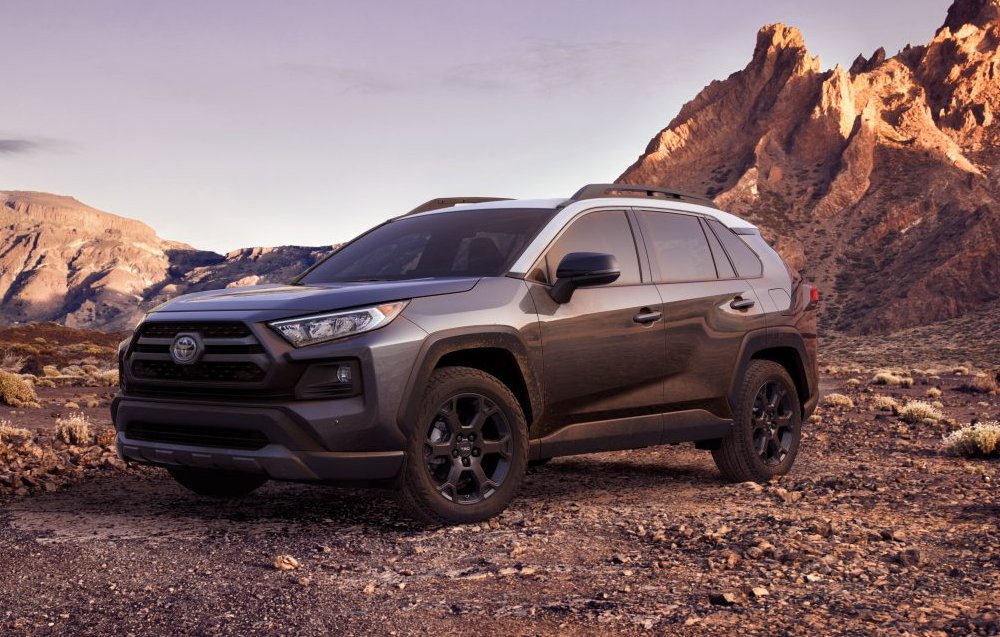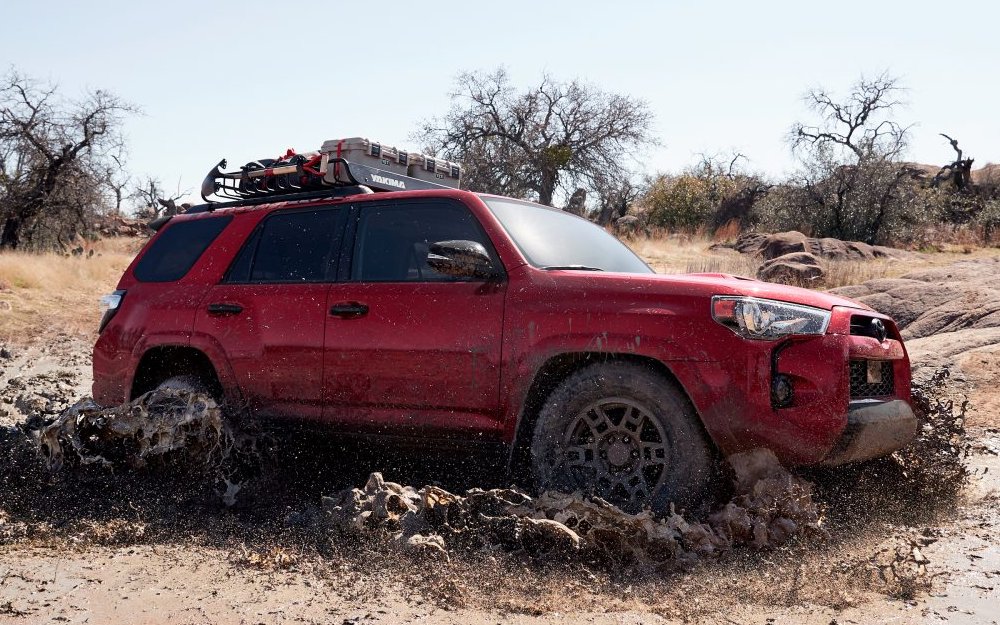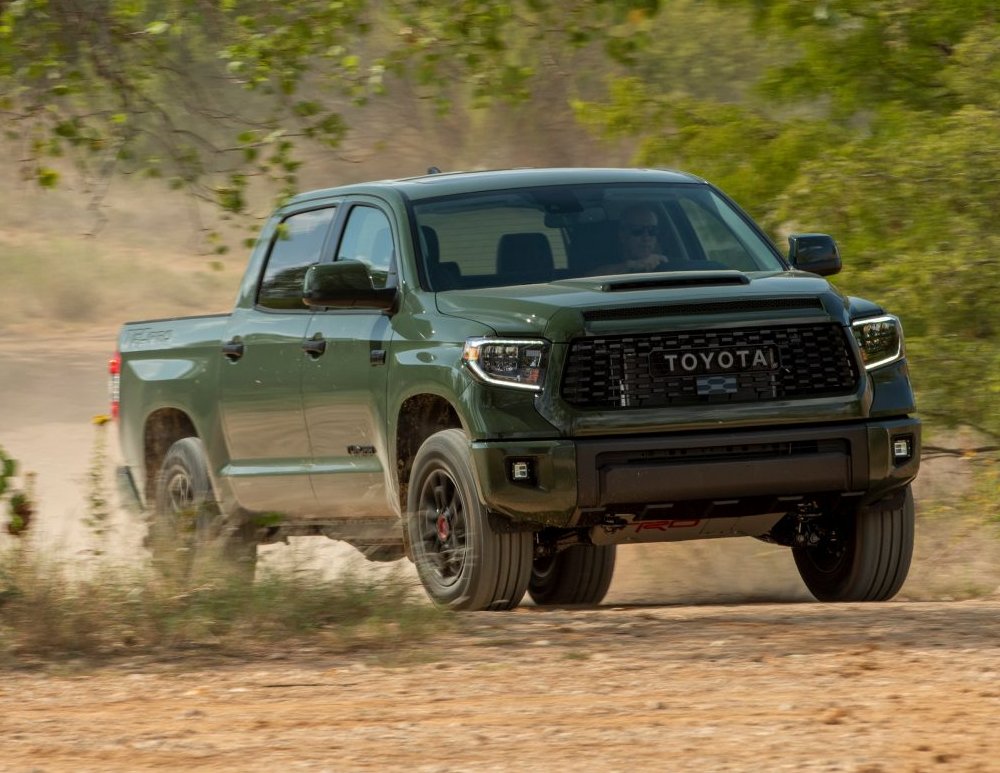Toyota Tacoma, Tundra and 4Runner Inventory Levels are Extremely Low

Toyota has been hit the hardest by the pandemic shutdowns, with short supply of top models.
The Covid-19 pandemic has hit every industry hard. It has been especially rough on those companies which operate on a global level. For example, the auto industry was basically shut down from top to bottom. Suppliers stopped making and shipping components to assembly plants. Assembly plants stopped building and shipping cars. Dealerships remained open, mostly to provide service to those with mechanical problems, while trying to sell some cars.
Automakers were quick to offer up incredible incentives to help sell vehicles and in some cases they worked. Maybe they worked too well, as according to TrueCar via a Fox News report, some vehicles have reached dangerously low inventory levels. TrueCar put together a list of the 10 vehicles with the lowest demand-to-inventory levels in the United States market. Half of that list is comprised of popular Toyota vehicles.
Demand-to-Inventory Ratios
According to the study, the Tacoma, 4Runner, Tundra, Sienna and Rav4 all have unfavorable demand-to-inventory ratios. Dealership networks generally keep enough units of a particular vehicle on hand to satisfy 65 days of sales nationwide. That period of 65 days is a relative industry standard in the United States. It applies mostly to high volume models, like the Toyotas listed above.

Here is a basic example. If an automaker averages 10 units of a specific vehicle sold on each selling day and they have 65 days of inventory on hand, they would have around 650 units of that vehicle. That is a normal inventory level based on demand. We don’t have the exact numbers, but we know that the vehicles on the TrueCar list have the lowest demand-to-inventory ratios.
Below is the list of the top ten vehicles sold in America with the lowest demand-to-inventory ratios.
- Kia Telluride
- Toyota Tacoma
- Hyundai Palisade
- Toyota 4Runner
- Toyota Tundra
- Toyota Sienna
- Toyota Rav4
- Subaru Crosstrek
- Jeep Wrangler
- Dodge Challenger
Toyota Inventory Woes
It likely comes as little surprise that eight of the 10 vehicles on that list are from foreign automakers, but they are not all imported vehicles. From Toyota, the Tacoma, Tundra and Sienna are all built in the United States. The same is true of the Kia Telluride, the Hyundai Palisade and the Jeep Wrangler. On that list, only the 4Runner, Rav4, Subaru Crosstrek and Dodge Challenger are made outside of the United States. The 4Runner, Rav4 and Subaru are all built in Japan while the Challenger is built in Canada, just across the border from Detroit.

While those vehicles that are assembled elsewhere may be facing extremely low inventory levels due to the inability to ship to dealerships, there are other factors at work here. These vehicles are all built at assembly plants that were shut down for weeks, if not months. Many of the components of these vehicles come from outside of the United States and in some cases, items come from China. All import shipping is slow or halted right now, but that is particularly true of anything coming from China. Even if all of the assembly plants were open, they cannot operate at full capacity without normal shipments of components. As a result, the flow of inventory from even the American assembly plants is dramatically slower than usual.
Combine low production numbers with crazy-good incentives for buyers and dealerships find themselves with dangerously low inventory levels of top models.
What This Means for You
This means that if you are shopping for any of the Toyota products on the list above, you are likely to run into two problems.
First and foremost, low inventory levels mean less vehicles to look at while shopping for a new truck, van or SUV. You may have a hard time finding the Tacoma, Tundra, Rav4, 4Runner or Sienna in the exact color that you want. Vehicles in certain trim levels or with some optional features may be harder than usual to find. You may find yourself traveling much further than usual to find a dealership with the vehicle that checks all of the your boxes.

Also, once you do find your ideal Toyota truck, SUV or van, you may find that it is much harder to get the dealership to flex on pricing. When inventory levels are high, automakers introduce incentives to help move units by reducing the pricing or offering very low financing rates. They do this to keep the inventory fresh. When inventory levels are low, both the automaker and the dealership are less likely to offer a big break on the pricing. Say that your dealership only has two Tacomas on the lot and they usually sell five per week. They won’t want to give you a big discount when the next prospective buyer may come in with the intention of paying MSRP.
Fortunately, as the world gets back to work, we should slowly see inventory levels rise back to normal. That will take some time. Many suppliers are still operating at decreased levels, as are some vehicle assembly plants. Even when both suppliers and assembly plants are back to normal production capacity, they will likely have to work through a backlog of orders. These inventory levels aren’t going to spring back to normal overnight. If you are shopping for a new Toyota on the list above, you should expect to pay a little more than usual.
